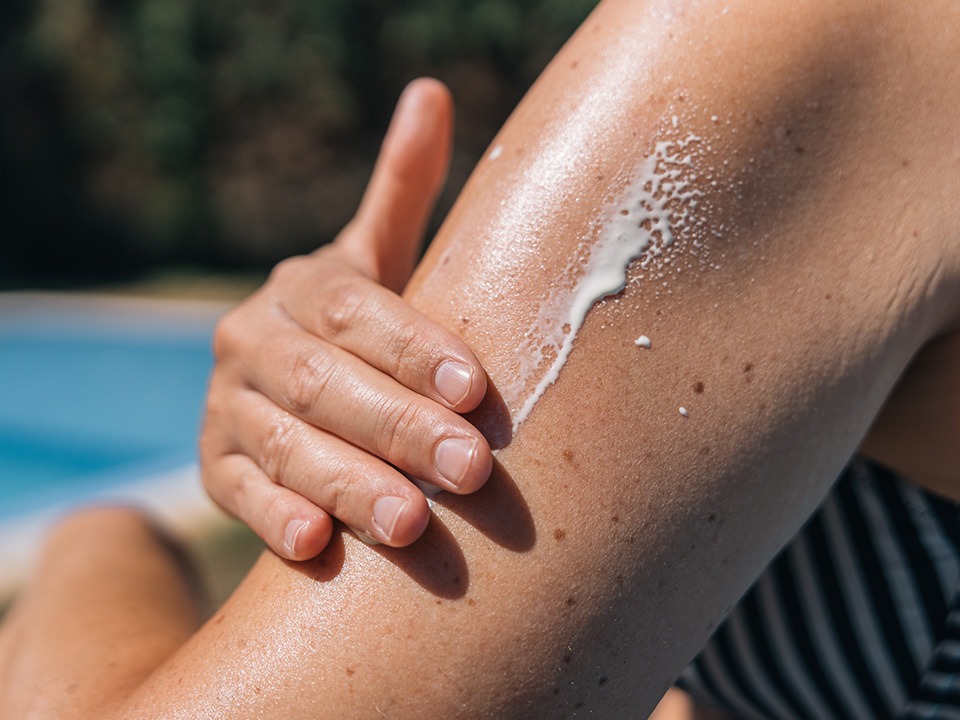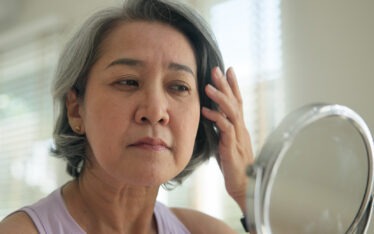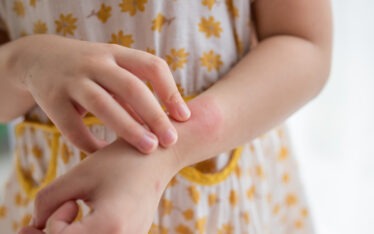Reminder About Sun Protection

As we are headed into the summer months I like to remind my patients about sun protection. Most people think that sun protection simply involves using sunscreen in order to avoid getting burnt by the sun but it is much more than that. Sunscreen, while it is key to a good sun protection regimen, is only part of what you need to have your skin well protected. Sun protective clothing (UPF rated), hats with a wide brim (at least three inches), and avoiding peak hours of the day (10AM-4PM) are all part of a multiple step approach for better sun protection.
Sunscreen should be used generously on the areas of skin that are not covered by clothing. In general, the amount of sunscreen that the average person applies is not enough, so make sure you are being generous with your sunscreen application. For reference, the amount of sunscreen that should cover your face is two finger strips worth of lotion. I recommend a broad spectrum sunscreen with at least an SPF of 30. Mineral sunscreens are preferable over chemical sunscreens, as they offer superior protection, however the best sunscreen is the one that you will actually use. So find a sunscreen that you like and use it daily- no matter the season or weather that day. My favorite line of sunscreens that I personally use is Elta MD. These have my favorite ingredient in them (zinc oxide, a mineral sunscreen) but don’t leave a white cast on the skin like other zinc oxide based sunscreens do. Come to Clarus and stock up!
Sun protective clothing (SPC) is very helpful. These should be UPF (ultraviolet protection factor) rated to ensure that you are getting adequate protection (the average cotton t-shirt is equivalent to roughly an SPF 4 sunscreen!). Coolibar is an excellent sun clothing brand however you can find UPF rated clothing at Target as well. The benefit of SPC is that unlike sunscreen you don’t need to reapply it every two hours. You also don’t have to worry if you missed a spot on your skin or if you got enough sunscreen on. Hats are another form of SPC and offer additional protection to our faces which is an area of the body that sees the sun the most. I recommend a brim of at least three inches.
Lastly, avoiding the peak hours of the day (10am-4pm) is ideal or at least seeking shade during those times and when you can throughout the day.
Taking these steps will allow you to best protect your skin while fully enjoying the outdoors this summer. I often remind my patients that there is no such thing as a “safe tan”. The goal is to have no tan at all and if you are finding that your skin is getting color it’s time to improve your sun protection techniques.
Heather Guertin, PA-C


